| |||||
| Decades: | |||||
|---|---|---|---|---|---|
| See also: | Other events of 1465 History of France • Timeline • Years | ||||
Events from the year 1465 in France
| |||||
| Decades: | |||||
|---|---|---|---|---|---|
| See also: | Other events of 1465 History of France • Timeline • Years | ||||
Events from the year 1465 in France
Year 1465 (MCDLXV) was a common year starting on Tuesday of the Julian calendar.

Louis XI, called "Louis the Prudent", was King of France from 1461 to 1483. He succeeded his father, Charles VII.

Charles I, nicknamed the Bold, was Duke of Burgundy from 1467 to 1477.

Francis II was Duke of Brittany from 1458 to his death. He was the grandson of John IV, Duke of Brittany. A recurring theme in Francis' life would be his quest to maintain the quasi-independence of Brittany from France. As such, his reign was characterized by conflicts with King Louis XI of France and with his daughter, Anne of France, who served as regent during the minority of her brother, King Charles VIII. The armed and unarmed conflicts from 1465 to 1477 and 1484–1488 have been called the "War of the Public Weal" and the Mad War, respectively.

Charles II, Duke of Bourbon, was Archbishop of Lyon from an early age and a French diplomat under the rule of Louis XI of France. He had a 2-week tenure as Duke of Bourbon in 1488, being ousted afterward by his younger brother and successor, Peter II, Duke of Bourbon.
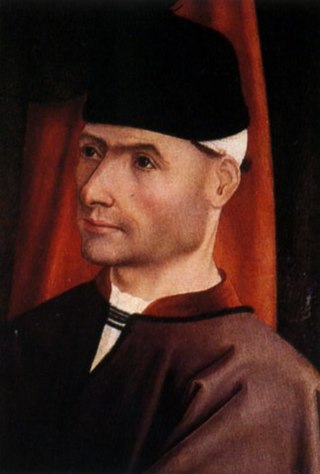
Jean d'Orléans, Count of Dunois, known as the "Bastard of Orléans" or simply Jean de Dunois, was a French military leader during the Hundred Years' War who participated in military campaigns with Joan of Arc. His nickname, the "Bastard of Orléans", was a mark of his high status, since it acknowledged him as a first cousin to the king and acting head of a cadet branch of the royal family during his half-brother's captivity. In 1439 he received the county of Dunois from his half-brother Charles, Duke of Orléans, and later king Charles VII made him count of Longueville.
Duke of Berry or Duchess of Berry was a title in the Peerage of France. The Duchy of Berry, centred on Bourges, was originally created as an appanage for junior members of the French royal family and was frequently granted to female royals. The style Duke of Berry was later granted by several Bourbon monarchs to their grandsons. The last official Duke of Berry was Charles Ferdinand of Artois, son of Charles X. The title Duke of Berry is currently used as a courtesy title by Prince Alphonse de Bourbon, son of the Legitimist Pretender to the French Throne Louis Alphonse de Bourbon.

André de Laval-Montmorency, seigneur de Lohéac, was a Marshal of France. He was the son of Guy XIII de Laval and Anne de Laval, and a leading member of the House of Laval.

Jacques d'Armagnac, duke of Nemours, was the son of Bernard d'Armagnac, count of Pardiac, and Eleanor of Bourbon-La Marche.
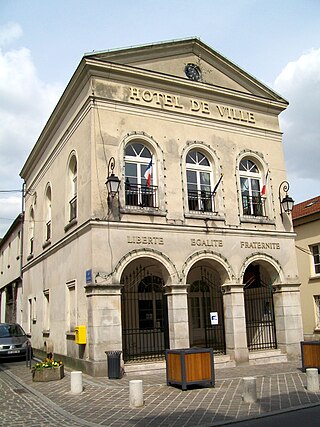
Dammartin-en-Goële is a commune in the Seine-et-Marne department in the Île-de-France region in north-central France. It is around 30 kilometres (19 mi) northeast of the centre of Paris.
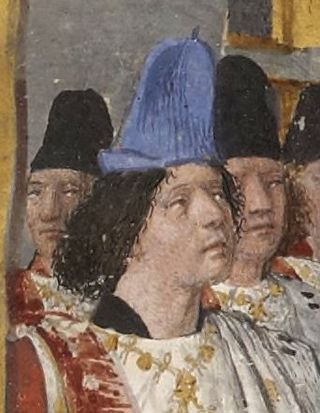
Charles, Duke of Berry, later Duke of Normandy and Duke of Aquitaine, was a son of Charles VII, King of France. He spent most of his life in conflict with his elder brother, King Louis XI.
The Treaty of Conflans was signed on 5 October 1465 between King Louis XI of France and Count Charles of Charolais. This treaty was signed months after the Battle of Montlhéry, where the French dukes of Alençon, Burgundy, Berry, Bourbon and Lorraine fought King Louis to a standstill.

John II, Count of Nevers was a French noble.
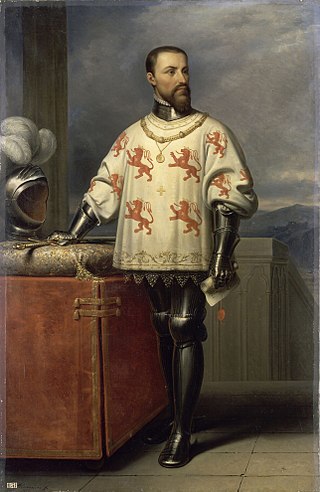
Louis de Luxembourg, Count of Saint-Pol, of Brienne, de Ligny, and Conversano belonged to the Ligny branch of the House of Luxemburg and was Constable of France.

The War of the Public Weal was a conflict between the king of France and an alliance of feudal nobles, organized in 1465 in defiance of the centralized authority of King Louis XI of France. It was masterminded by Charles the Bold, Count of Charolais, son of the Duke of Burgundy, with the king's brother Charles, Duke of Berry, as a figurehead. The rebels succeeded in attaining concessions from the crown after several months of fighting, though conflict would break out again between the league and the crown in the Mad War of 1485 in a decisive victory for the crown.

Charles II d'Albret (1407–1471) was a French magnate, administrator, and soldier.

Pierre d'Amboise was a French nobleman of the House of Amboise. He was a son of Hugh VIII of Amboise, who was killed at the battle of Agincourt, and of Jeanne de Guénand.
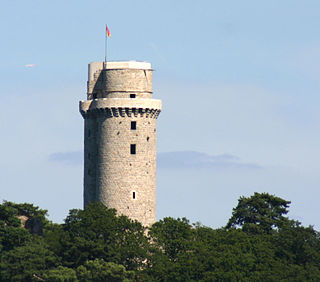
The Battle of Montlhéry was fought between Louis XI and the League of the Public Weal on 16 July 1465 in the vicinity of Longpont-sur-Orge. It had no clear winner and therefore did not decide the war.

The Battle of Montenaken was fought between the forces of Liège and the Burgundian State on 20 October 1465 as part of the First Liège War. Although outnumbered, the Burgundian force succeeded in routing the militia of Liège, inflicting heavy casualties.
Odet d'Aydie was a knight from Béarn, Lord of Lescun. He held the titles of count of Comminges and governor of Guyenne at the end of the 15th century. He was the son of Bertrand d'Aydie and his first wife Marie Domin.